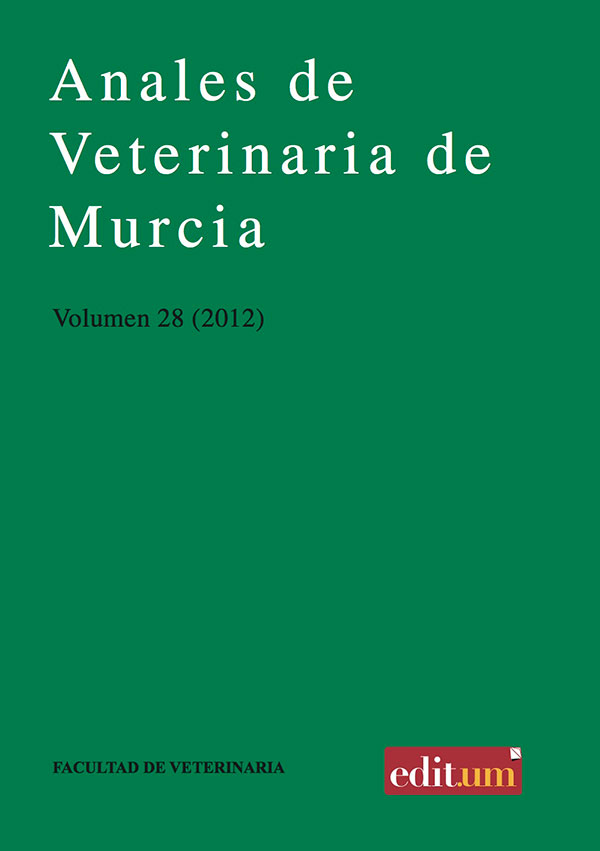Bacterial lipolytic enzymes: properties, classification, structure, technology applications and framework law
Abstract
The lipolytic enzymes are biocatalysts which carry out synthesis, hydrolysis reaction or transesterification of fat. The lipolytic enzymes that are found in nature have been used for the production of food during million years, but in the last decades they have acquired a high importance; due to multiple technologic applications in which they are able to act and to its advantages owned as opposed to non-biologic conventional catalysts. One of the main sources of these catalysts is bacterial, due to the fact that they are easy and quick to cultivate, among other advantages, and thanks to the molecular biology can be obtained in great amount. The aim of this paper is to describe several industrial applications of the lipolytic enzymes, and to do a slight review about its general properties, classification, acting mechanism and framework law.Downloads
Creative Commons Attribution 4.0
The works published in this journal are subject to the following terms:
1. The Publications Service of the University of Murcia (the publisher) retains the property rights (copyright) of published works, and encourages and enables the reuse of the same under the license specified in paragraph 2.
© Servicio de Publicaciones, Universidad de Murcia, 2019
2. The works are published in the online edition of the journal under a Creative Commons Attribution-NonCommercial 4.0 (legal text). You can copy, use, distribute, transmit and publicly display, provided that: i) you cite the author and the original source of publication (journal, editorial and URL of the work), ii) are not used for commercial purposes, iii ) mentions the existence and specifications of this license.

This work is licensed under a Creative Commons Attribution-NonCommercial-NoDerivatives 4.0 International License.
3. Conditions of self-archiving. Is allowed and encouraged the authors to disseminate electronically pre-print versions (version before being evaluated and sent to the journal) and / or post-print (version reviewed and accepted for publication) of their works before publication, as it encourages its earliest circulation and diffusion and thus a possible increase in its citation and scope between the academic community. RoMEO Color: Green.




